At a certain point in this interview, Paulo Nozolino says, ‘I started looking at the ground instead of the sky. I started looking at what people throw away, instead of what architects build.’ This orientation of the gaze described by the photographer has both an aesthetic and an ethical meaning. There is a rigorous interplay between these two dimensions in his photographs, which he embraces as a duty in the face of the sterilisation of images and the anaesthetic proliferation that is offered nowadays in the form of relentlessly banal spectacle. This gaze directed to immanence and the abysses of opacity is confronted by radical alterity: ruins, waste, destruction, death. In a word, evil. It is from this that their violence stems, and their obsessive representation of the debris and tragedies of history. Auschwitz and Sarajevo are extreme places beyond redemption, devoid of sky or horizon, with a ground strewn with corpses. It is here that Paulo Nozolino saw an allegory of history and its horrors. The ruins of the world, bodies that are just torsos: everywhere he looks, Nozolino sees catastrophe in action.
On the other hand – or maybe not – the chiaroscuro in many of his photographs reminds us of the Baroque and its painting. Paulo Nozolino positions himself at the intersection of art and time. He is the photographer of tragic consciousness, forcing the spectator to face the netherworld and decipher the morbid hieroglyphs of precariousness, violence and death.
António Guerreiro


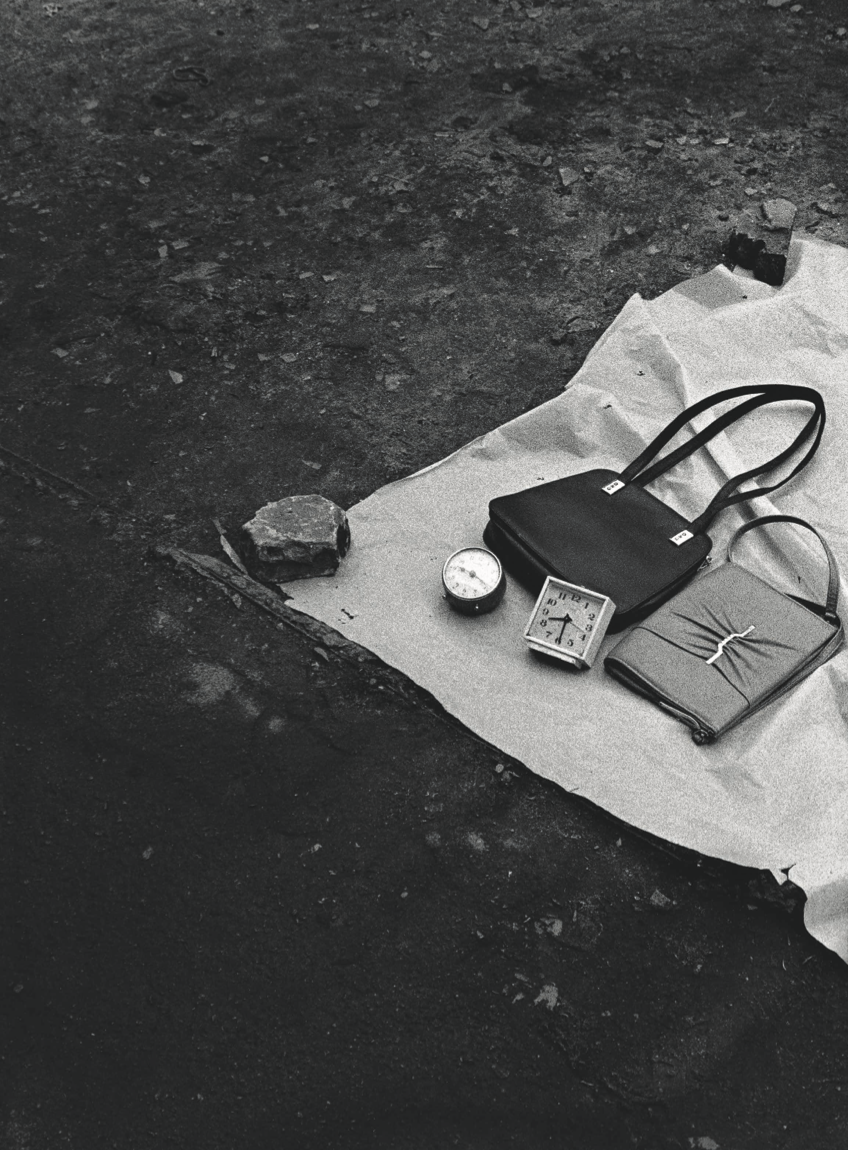
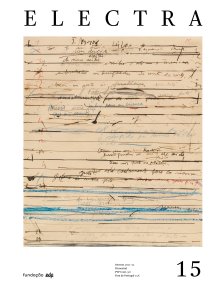
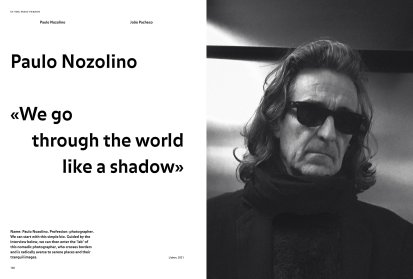
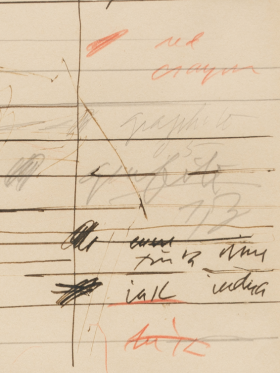
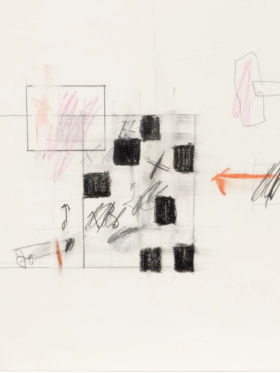
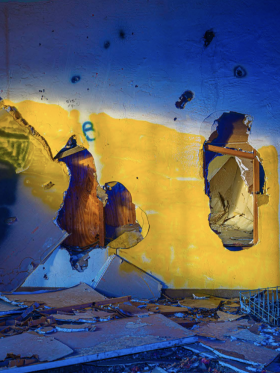
Share article